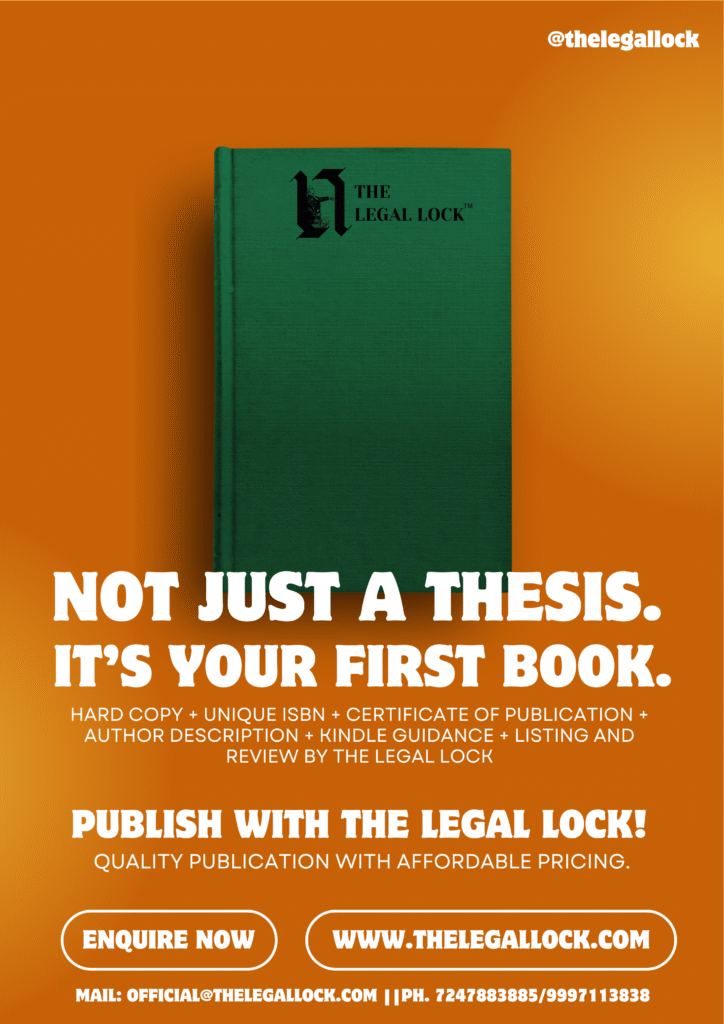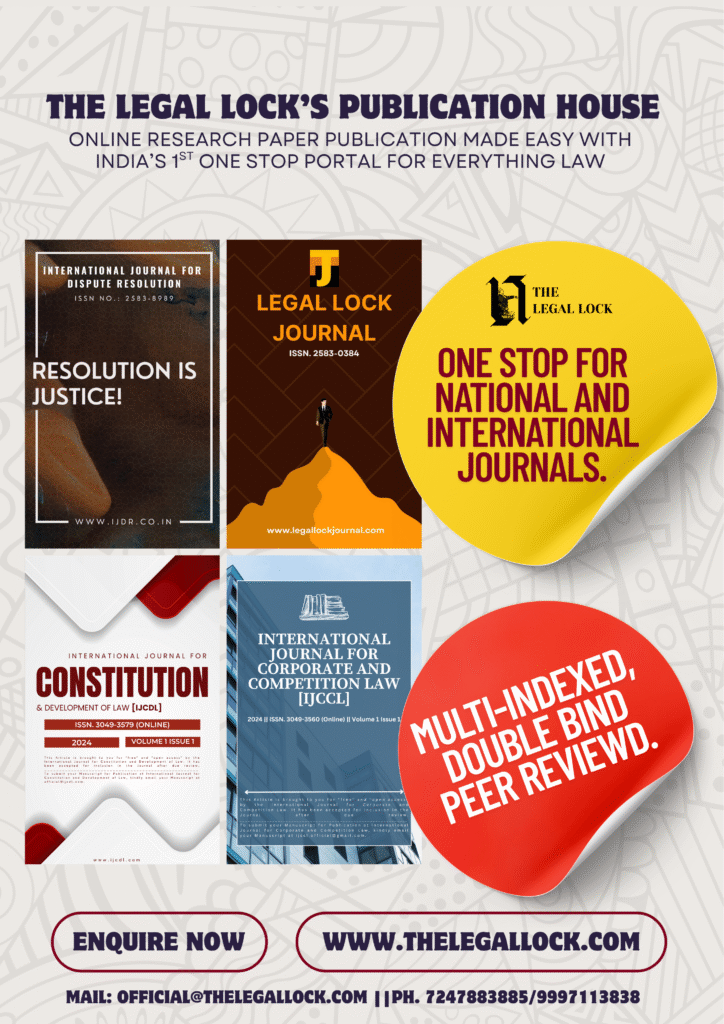Marriage, Divorce & Judicial Separation in Hindu Marriage Act of 1955

INTRODUCTION
The Hindu Marriage Act of 1955 stands as a cornerstone in India’s legal framework, governing various aspects of Hindu marriages with a focus on marriage, divorce, nullity, judicial separation, and conjugal rights. Enacted to codify and reform Hindu personal law, the Act addresses the intricacies of marital relationships within the Hindu community, emphasizing both traditional values and modern legal principles.
Central to the Act is its provisions on matrimonial reliefs such as divorce, which outline grounds such as cruelty, adultery, desertion, and conversion to another religion as legitimate reasons for dissolution of marriage. It provides a structured legal process for spouses seeking to end their marital ties, ensuring fairness and protection of individual rights.
Additionally, the Act addresses nullity of marriage, specifying conditions under which a marriage is considered void or voidable. Void marriages, such as those involving bigamy or prohibited degrees of relationship, are deemed legally non-existent from the outset. Voidable marriages, initially valid but flawed due to factors like fraud or mental incapacity, can be annulled through legal petition.
Moreover, the Act delineates provisions for judicial separation, offering couples an interim arrangement where they live separately but remain legally married. It also defines conjugal rights, affirming spouses’ entitlement to live together and fulfil marital obligations.
RESTITUTION OF CONJUGAL RIGHTS
Restitution of conjugal rights is one of the various reliefs available to spouses under the Hindu Marriage Act, 1955. Section 9 of the Act provides that when either the husband or the wife has, without reasonable excuse, withdrawn from the society of the other, the aggrieved party may apply, by petition to the district court, for restitution of conjugal rights and the court, on being satisfied of the truth of the statements made in such petition and that there is no legal ground why the application should not be granted, may decree restitution of conjugal rights accordingly.
Where a question arises whether there has been reasonable excuse for withdrawal from the society, the burden of proving reasonable excuse shall be on the person who has withdrawn from society
The idea of providing for restitution by a court decree is to preserve the marriage tie as far as possible, by enabling the court to intervene and enjoin upon the withdrawing party to join the other. The conditions to be satisfied for obtaining such decree are:
- The other spouse has withdrawn from the society of the petitioner.
- There is no reasonable excuse for such withdrawal. Should the respondent allege reasonable excuse, the burden of proof lies on him/her.
- The court’s satisfaction as to the truth of the statements made in the petition.
- No legal grounds exist for refusing the decree.
A wife is expected to live with her husband, but no law mandates her to reside with his parents. A restitution decree was denied when a husband insisted his wife live with his parents due to a lack of accommodation.[i]
It is significant to note that in 1938-1984, the constitutional validity of Section 9 of the Hindu Marriage Act became a subject matter of debate as a result of the judgment in T Sareetha v. T Venkatta Subbaiah, wherein Section 9 was assailed as being violative of Articles 14, 19 and 21 of the Constitution. Holding a restitution decree violative of Article 21 of the Constitution which guarantees right to life and personal liberty, the judge held that right to privacy is a part of Article 21, and is bound to include body’s inviolability and integrity and intimacy of personal identity, including marital privacy.
On the touchstone of Article 14 also, which guarantees equal protection of law, the remedy of restitution fails, according to the court. Though Section 9 does not offend the classification test inasmuch as it makes no discrimination between a husband and a wife, but “bare equality of treatment regardless of the inequalities for realities is neither justice nor homage to the constitutional principle”, the Court observed. [ii]
JUDICIAL SEPARATION
Judicial separation is one of the matrimonial reliefs provided under the personal law statutes. Unlike divorce, a decree of separation does not put an end to the marriage; the marriage is put under suspended animation;[iii] the legal relationship of the husband and wife subsists and the parties cannot remarry. It is not however obligatory on the parties to cohabit with each other but the doors for rapprochement are open. This relief is particularly suitable for those who regard divorce with abhorrence.
Under Section 10, either spouse may seek judicial separation on specified grounds, whether the marriage occurred before or after the Act’s commencement. Once a decree is granted, the petitioner is not obligated to cohabit with the respondent. However, the court may rescind the decree if it finds it just and reasonable.
Judicial separation is a milder remedy than divorce or annulment, but the grounds must be clearly established.[iv] Before the 1976 amendment, the grounds for judicial separation differed from those for divorce. These were:
- Desertion for not less than two years
- Cruelty as to cause reasonable apprehension of harm of injury
- Virulent form of leprosy for not less than a year preceding petition
- Venereal disease in communicable form for not less than three years preceding the petition
- Unsoundness of mind for not less than two years preceding the petition
- Adultery
A decree of judicial separation does not permanently sever the marital tie, keeping the possibility of reconciliation open. Courts, considering the rising divorce rates and their societal impact, may grant judicial separation instead of divorce based on circumstances. As per Section 10(2), the decree can be rescinded, but only if one party takes appropriate steps to satisfy the court.
Living separate under an agreement without a decree of judicial separation cannot be treated as judicial separation.[v] Also, there can be no judicial separation unless grounds mentioned in Section 13(1) of the Act are satisfied.
CONCLUSION
The Hindu Marriage Act of 1955 stands as a comprehensive framework addressing various facets of Hindu matrimonial relationships. From the provision of divorce based on grounds like cruelty and adultery to the concept of judicial separation allowing couples a legal hiatus without terminating the marriage, the Act balances tradition with contemporary legal principles. Sections such as restitution of conjugal rights emphasize the preservation of marital bonds where feasible, albeit not without critique and evolving interpretations in light of constitutional rights.
The Act’s evolution, including landmark judicial interpretations such as in T Sareetha v. T Venkatta Subbaiah, underscores its adaptability and responsiveness to societal changes and individual rights. Judicial separation, unlike divorce, provides relief while keeping reconciliation possible, reflecting the Act’s balanced approach to marital disputes. As society evolves, legal frameworks must uphold traditions while safeguarding individual liberties, ensuring justice and autonomy in matrimonial matters. The Hindu Marriage Act of 1955 remains crucial in shaping Hindu matrimonial law, balancing marital stability with personal rights and justice.
[i] Joginder Kaur v. Shivcharan Singh, AIR 1963 J&K 95.
[ii] T Sareetha v. T Venkatta Subbaiah, AIR 1983 AP 356.
[iii] Dr N Shiva Mohan Reddy v. Aparna Reddy, 2005 (1) ALT 44 (AP).
[iv] Jitendra v. Anjana Soni, AIR 2014 Raj 60.
[v] Dershan Pd v. Civil Judge, Gorakhpur, AIR 1992 SC 967:1992 Supp (2) SCC 87.







